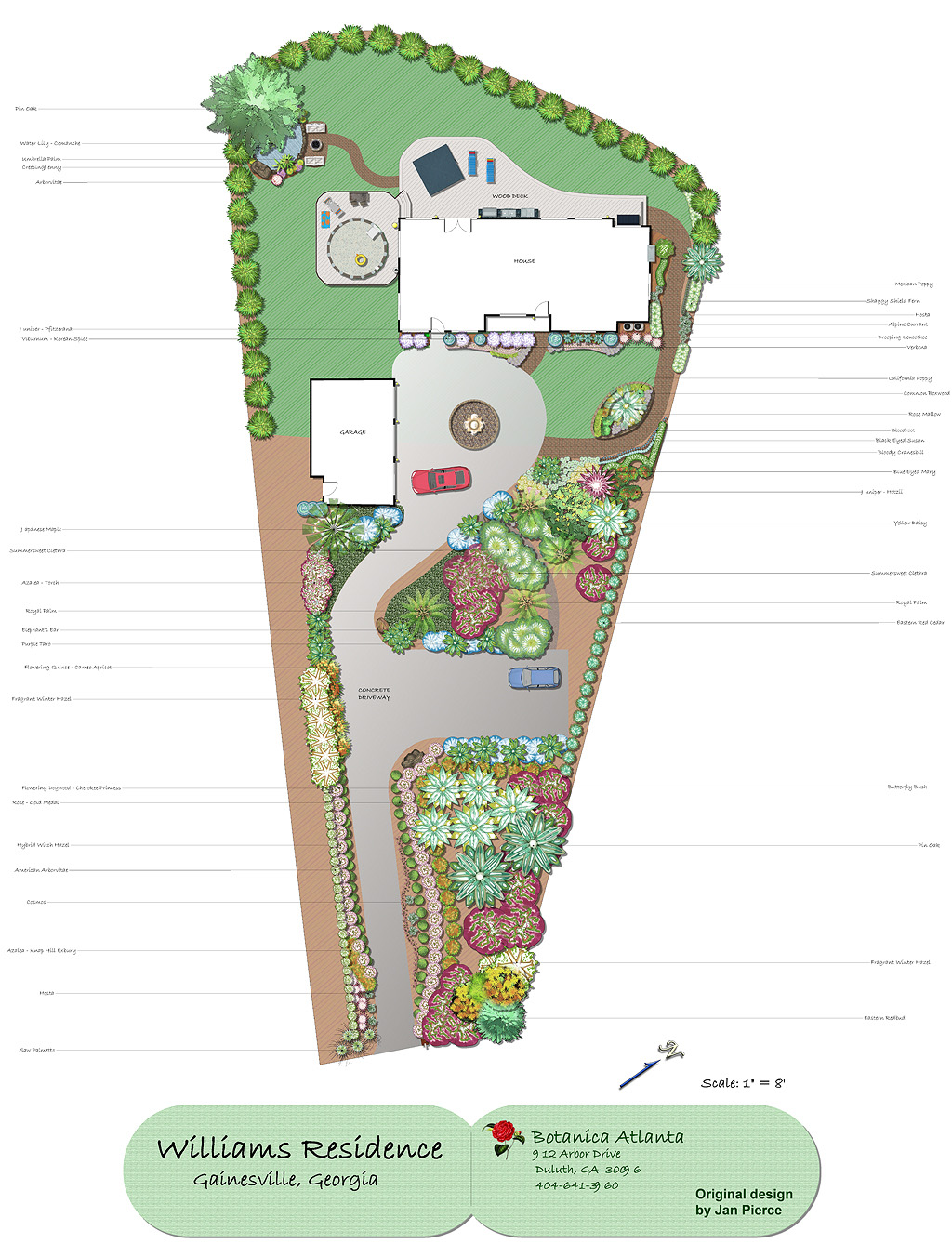Crafting a breathtaking outdoor space is about far more than just choosing the appropriate plants. It requires an intricate dance of tone, texture, and structure that transforms outdoor spaces to life. If you are looking to convert your backyard into a peaceful oasis or improve your front yard’s curb appeal, comprehending the basics of landscape design is key. The best design can smoothly combine beauty with functionality, resulting in environments that not only are visually appealing but also offer a positive experience.
In this article, we will discuss a variety of landscaping concepts customized to fit all preferences and cost considerations. From modern minimalist designs to charming traditional concepts, we will highlight how to integrate elements like hardscaping, lighting, and water features to elevate your landscapes. Whether you are a beginner entering landscaping or someone wanting to improve their design skills, our insights will navigate you through the journey and inspire you to create a landscape that reflects your personal taste and improves your home.
Ultimate Landscape Design Tips
Creating a breathtaking backyard starts with assessing the area at your disposal and the atmosphere you want to achieve. One concept is to include a variety of plants that offer color and texture throughout the seasons. Consider choosing in native plants that thrive in your local climate, as they require minimal maintenance and foster biodiversity. Mixing ground cover, shrubs, and trees ensures a layered effect, adding depth and interest to your landscape.
A great design approach is to incorporate hardscaping features. Patios, pathways, and retaining walls not just define areas within your yard and also contribute functional beauty. Materials like stone, masonry, or timber can be used imaginatively to enhance your home’s architecture and create an welcoming outdoor living space. Adding features like pergolas or arbors can provide shade and a focal point, transforming your backyard even more usable and visually appealing.
For those with compact yards, optimizing space is key to creating a big impact. Vertical gardening, utilizing hanging planters, and incorporating multi-functional furniture can create a lush feel without overwhelming the area. Pay attention to illumination as well; well-placed outdoor lights can showcase features and prolong the usability of your outdoor space into the evening, transforming your landscape into a magical retreat.
Handy Landscaping Advice
When creating your outdoor space layout, it's essential to begin with a clear idea of how you want your outdoor space to function. Identify areas for relaxation, play, or hosting, and consider the flow between these areas. Using design ideas from multiple sources can help you create a practical design. For a stunning backyard, adding varied plants, patios, and pathways can significantly enhance your space while bringing interest and dimension.
Maintenance is a key factor in landscaping, especially for those preparing to put forth time and resources. Learning how to design a low-maintenance landscape can preserve you considerable effort in the long run. Opt for native plants that flourish in your climate, need less water, and benefit local wildlife. Adding hardscaping elements like gravel paths or stone patios can also reduce the area that requires routine upkeep while adding an appealing contrast to your landscape.
Lastly, don't overlook the significance of lighting when planning your landscape. Careful use of illumination can dramatically change the mood of your space. Whether it’s highlighting trees, illuminating pathways, or showcasing architectural features, the right landscape lighting design can enhance the beauty of your garden at night. Playing with different styles of fixtures can provide both safety and atmosphere, making your landscape inviting and functional even at night.
Understanding Yard Design Styles
Garden design types can greatly change the aesthetic of a land, creating spaces that vary from vibrant and green to tranquil and bare. Contemporary landscaping often focuses on clean edges, open spaces, and the use of modern materials such as concrete and metal. This style frequently includes indigenous vegetation, which require less maintenance and enhance to environmental sustainability. Exterior recreational spaces are also a vital part in modern designs, where utility meets style.
In contrast, conventional landscaping tends to conjure a classic beauty with ornate garden beds, neat shrubs, and a significantly complex layout. This style typically includes timeless aspects such as brick trails, decorative fountains, and arbors adorned with vining plants. bulk buy semi-truck tires strive for a atmosphere of heritage and nostalgia, frequently reflecting the design features of the home and utilizing a variety of evergreen plants that flourish in specific season-based phases.

Picking the appropriate style for your yard can elevate the beauty of your home and express your individual taste. No matter if you favor a contemporary look that highlights straightforwardness and utility, or a classic design that exudes grace and appeal, comprehending the traits and advantages of each style is essential. By taking into account factors such as maintenance, climate, and the overall ambiance you desire to establish, you can design a landscape that not just delights the view but also seems like an important part of your way of living.
